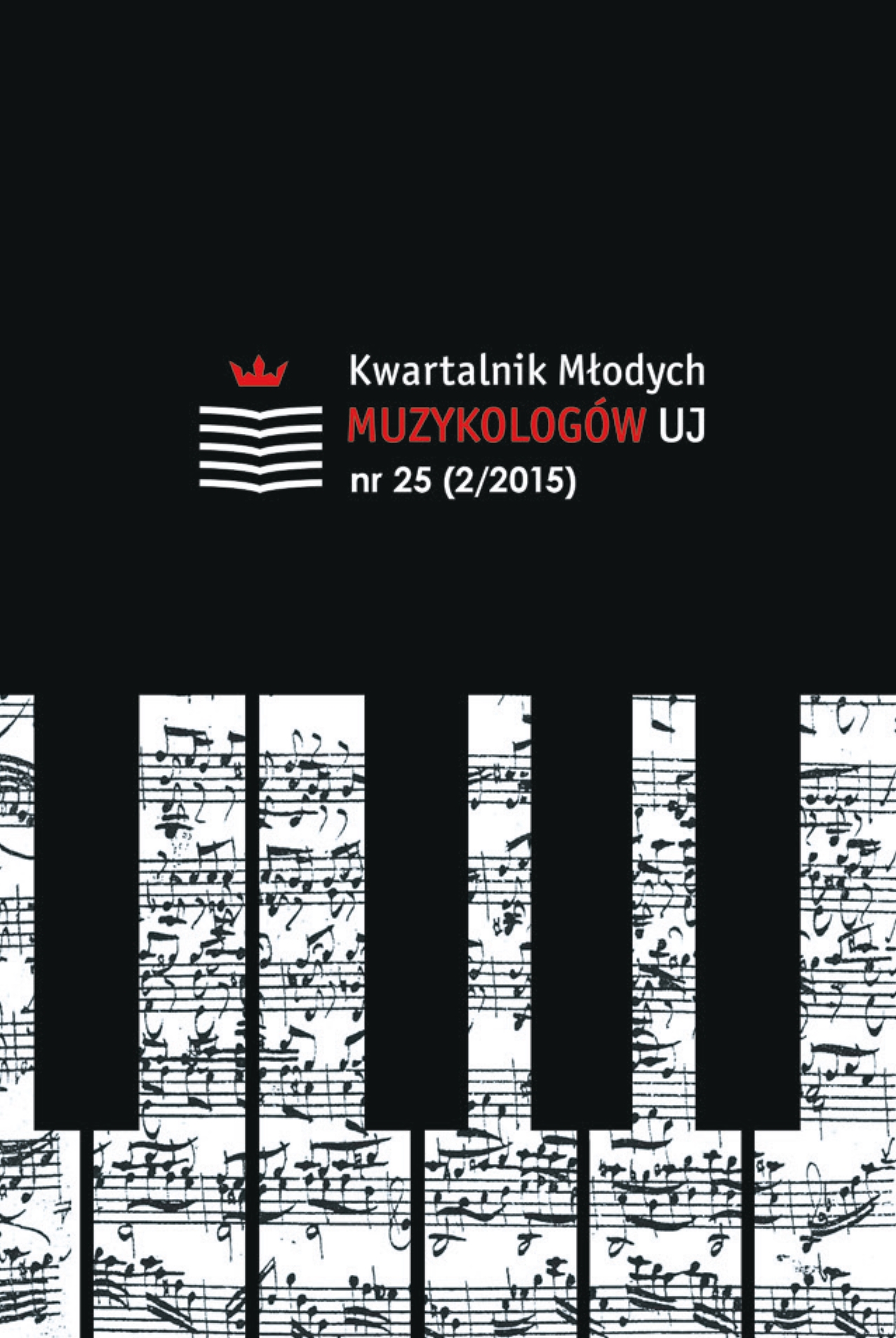"La buona figliuola" Carla Goldoniego a "Czekina albo cnotliwa panienka" Wojciecha Bogusławskiego
"La buona figliuola" by Carlo Goldoni and "Czekina or a Virtuous Maid" by Wojciech Bogusławski
Author(s): Edyta GrzywaczewskaSubject(s): History, Social Sciences, Theatre, Dance, Performing Arts, Language and Literature Studies, Literary Texts, Fine Arts / Performing Arts, Cultural history, Music, Essay|Book Review |Scientific Life, Visual Arts, Sociology, Social history, Modern Age, 18th Century, Cultural Essay, Societal Essay, Sociology of Art
Published by: Koło Naukowe Studentów Muzykologii UJ
Keywords: Carlo Goldoni; Wojciech Bogusławski; the National Theater; libretto; opera buffa
Summary/Abstract: „La buona figliuola” („The Accomplish’d Maid”) is an opera buffa in three acts by Niccolò Piccinni and Carlo Goldoni. The librettist based his text on Samuel Richardson’s novel „Pamela, or Virtue Rewarded”. It was performed for the first time at the Teatro delle Dame, Rome on 6th February 1760 with an all male cast. It was a big success and „La buona figliuola” took Europe by storm. Every European opera house had this opera in its repertoire. The performances were in: Barcelona, Prague, Vien, Dresden, London, Berlin, Mannheim and Paris. This opera was probably performed even in Beijing by Jesuits in 1778. „La buona figliuola” was so popular in Europe that Stanisław August Poniatowski, the King of Poland, wished it for his coronation ceremony. The performance took place at the National Theatre on 7th August 1765, just five years after the world premiere. This opera was also very popular in Warsaw. People loved the story of a simple and good maid Cecchina. Seventeen years later, Wojciech Bogusławski, the director of the National Theater, translated and adapted Goldoni’s opera and named it „Czekina albo cnotliwa panienka” („Czekina or a Virtuous Maid”). He performed it in 1782 with big success. First of all, the article describes the historical context of the creation of libretto – the Carlo Goldoni’s biography. Next, it presents the story of maid Cecchina and the phenomenon of the description of the Polish theories of translation from the 18th century, the Polish version of the opera – „Czekina or a Virtuous Maid”, is presented. Finally, two versions of the libretto – the Goldoni’s and the Bogusławski’s, are compared.
Journal: Kwartalnik Młodych Muzykologów UJ
- Issue Year: 2015
- Issue No: 02 (25)
- Page Range: 15-27
- Page Count: 13
- Language: Polish

